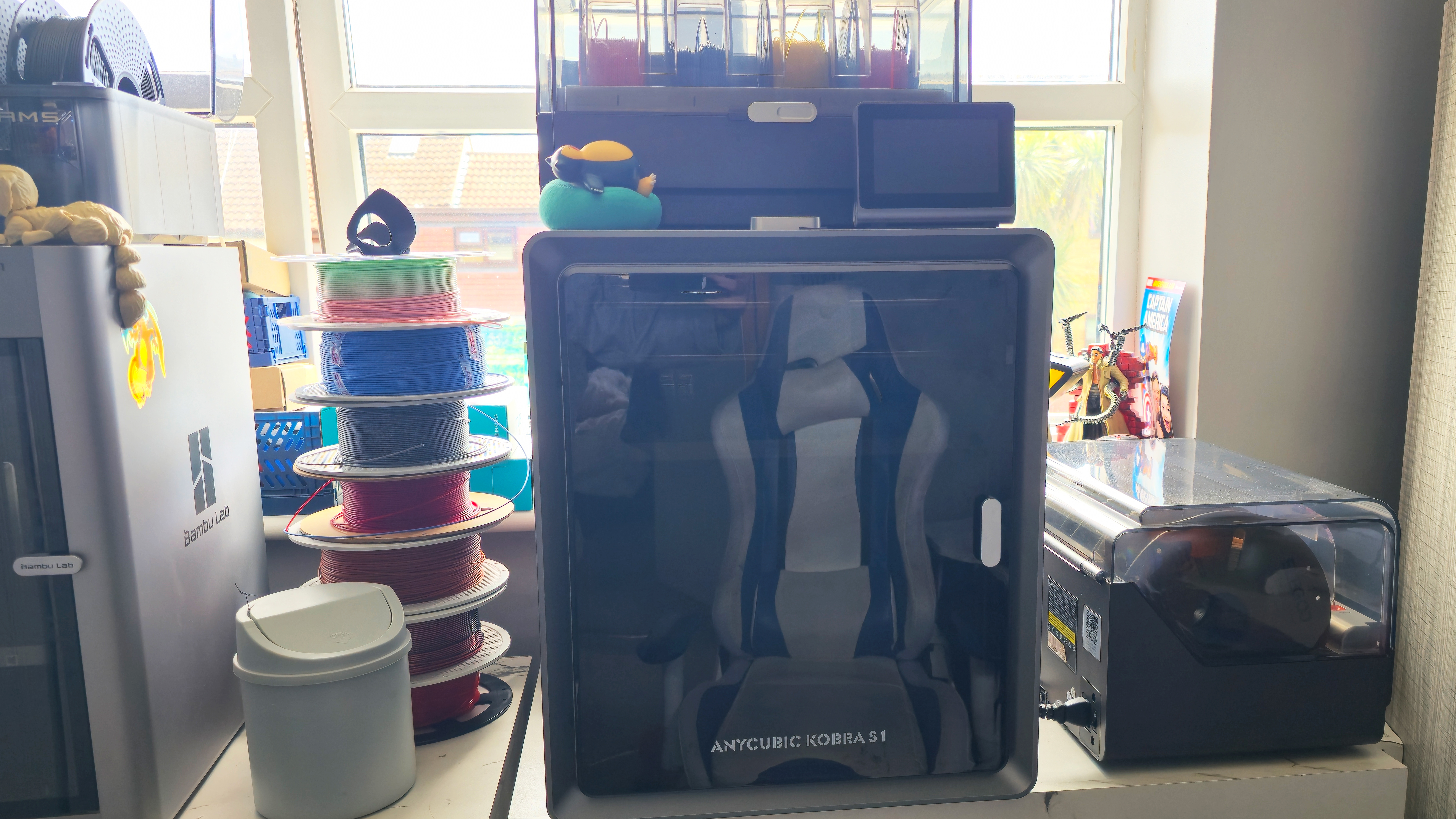How Microsoft became one of the world's most successful brands
On the company's 50th anniversary, we take a look at what Microsoft's done right.
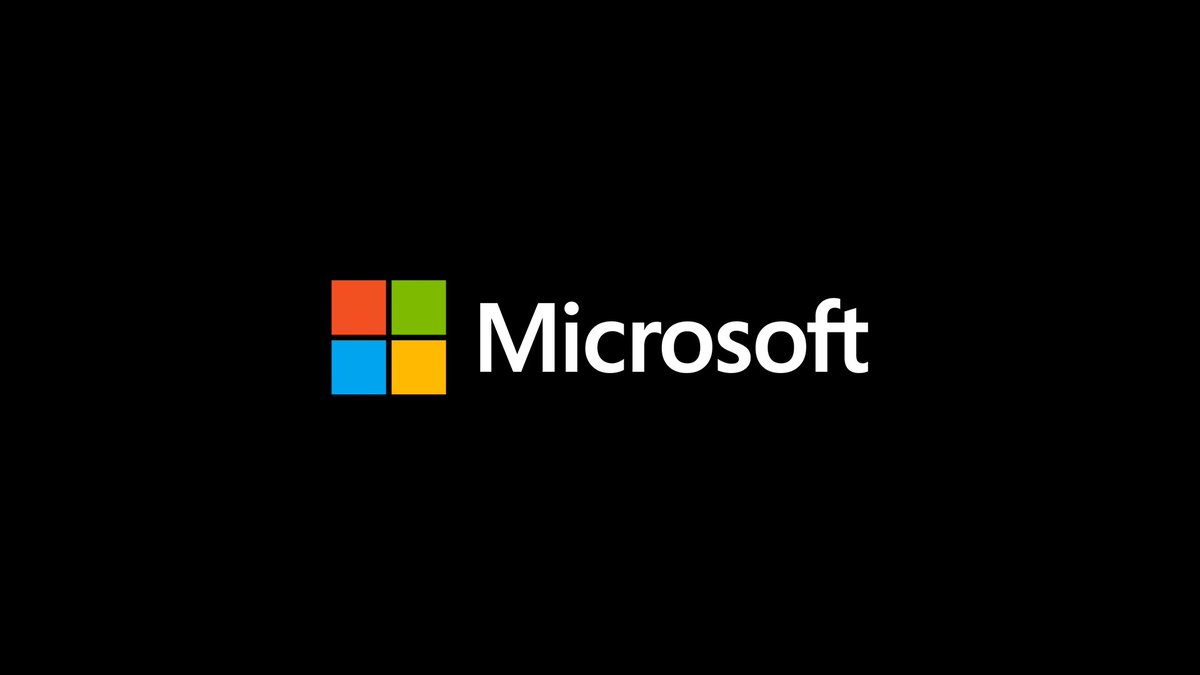
Today is the 50th anniversary of one of the world's biggest brands, Microsoft. How was this computing firm born? Inspiration struck when Bill Gates and Paul Allen saw the magazine cover of Popular Electronics, featuring the Altair 8800 – the first microcomputer.
From there, they set out on a mission to write software for it and any future versions. As a result, on 4 April 1975, Microsoft was born.
Soon after, the company secured a deal to provide the operating system for IBM’s first personal computer, and by the late 1980s, Microsoft was the world’s largest personal-computer software company.
Fast forward to today, and Microsoft is celebrating its 50th anniversary as the third most valuable brand in the world, according to Kantar. (It even survived that ridiculous 1980s Microsoft logo).
From writing software to now generating around $245 billion in annual revenue via some of the best laptops for graphic design, and more, how did Microsoft become one of the most successful brands in the world?
The evolution of the Microsoft brand
Microsoft hasn’t simply jumped on trends, it has fundamentally adapted its business model to grow alongside the needs of its customers and the world.
From its origin story of microcomputing and software – hence the name 'Microsoft' – the brand has evolved significantly over the last 50 years. It has expanded into entirely new areas while also staying at the forefront of trends, societal change and other external factors.
This adaptability is one of the reasons it has not only maintained its position among the Big Five (Alphabet, Amazon, Apple, Meta, and Microsoft) but is also the longest-running brand in the ranking.
We are all more than aware of the need for brands to make changes to address climate change, and Microsoft has been clear on its role here.
By 2030, it plans to be carbon negative, and by 2050, it has committed to removing all the carbon it has emitted into the environment – either directly or through electrical consumption – since its founding.
It has also introduced a $1 billion climate innovation fund to accelerate the global development of carbon reduction, capture, and removal technologies.
The brand has also championed accessible gaming, recognising the need for a more inclusive gaming experience. Microsoft recently introduced the Xbox Adaptive Joystick, designed to support gamers with limited mobility through customisable buttons and 3D-printable accessories, enhancing usability and accessibility for a better experience.
Looking ahead, Microsoft continues to push boundaries. Quantum computing will shape the future of technology, and Majorana 1, a new chip developed by Microsoft, is expected to enable the creation of quantum computers capable of solving meaningful, industrial-scale problems in years, not decades – an exciting step in both the technology industry and Microsoft’s ongoing evolution.
Becoming a part of everyday life
Over the past 50 years, Microsoft has developed its offering to become a fundamental part of daily life. More than 1 billion people use its operating system, Windows; around 400 million use Outlook every day; and Microsoft Office has 1.2 billion users worldwide.
Each product offers a unique purpose and benefit, but integrates seamlessly into the ideal productivity ecosystem – the perfect hub that fits together like pieces of a jigsaw puzzle.
Microsoft’s influence extends beyond productivity into gaming and social media. In 2001, it took on gaming with Xbox, which now has over 200 million active users and is a cornerstone of the industry.
Meanwhile, LinkedIn, the world’s largest professional network, connects 1 billion users worldwide, establishing Microsoft’s presence in recruitment and professional networking.
Wherever you look, Microsoft has found a way into our everyday lives – one of the reasons it holds such significant value and power as a brand. Over the years, it has built a lot of positive sentiment around reliability, innovation, and creativity – something incredibly unique in a highly competitive environment where excelling in just one of these areas takes years.
Staying relevant
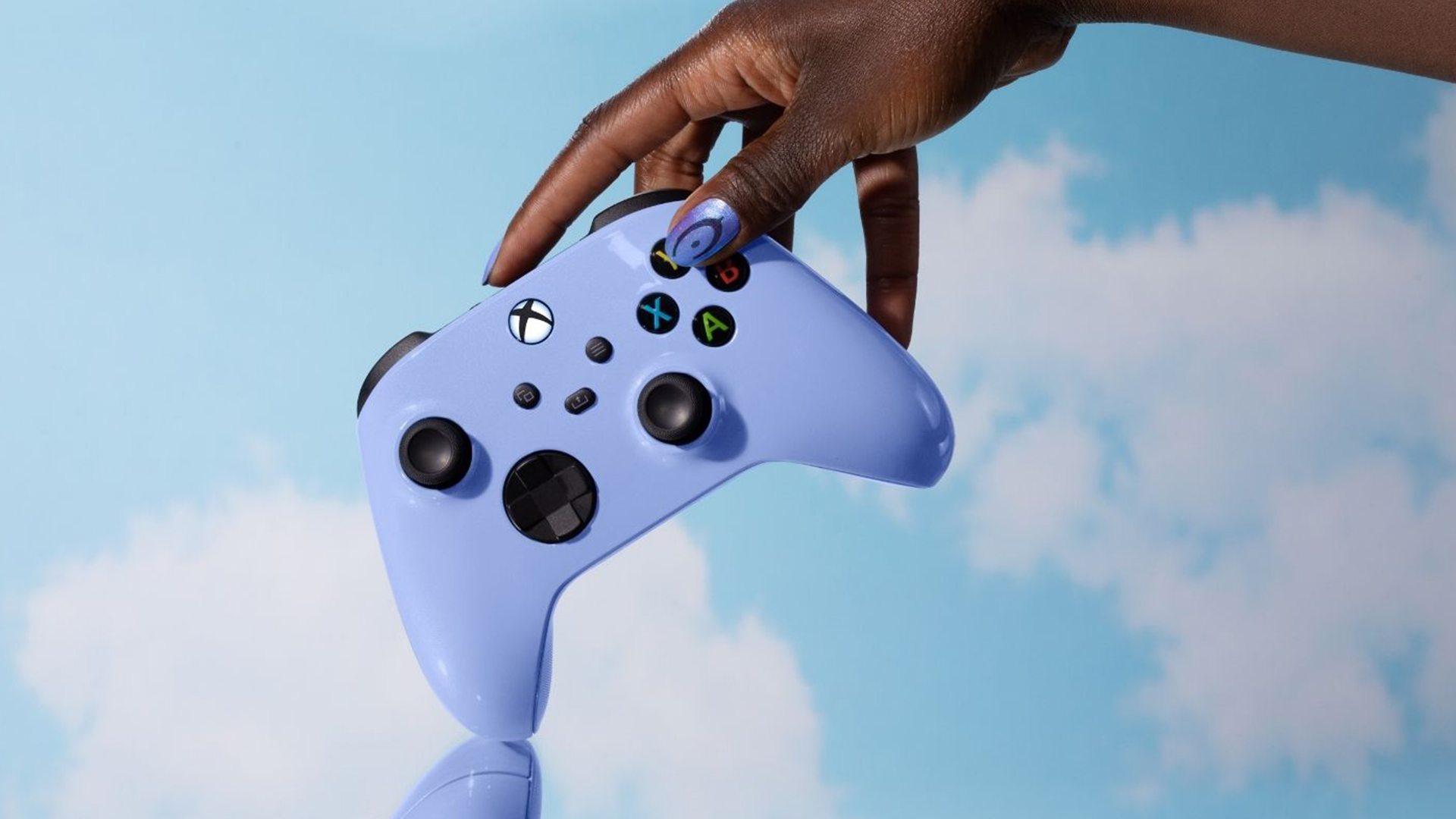
Beyond becoming essential to our daily lives, Microsoft has remained relevant in the minds of customers. As soon as a brand starts to become outdated, newer, more agile competitors start to look more appealing.
For example, in the race to utilise generative AI after the introduction of ChatGPT, Microsoft integrated the technology into its search engine Bing, revolutionising AI-powered search. (Of course, Microsoft is also one of OpenAI’s biggest investors.)
Take its Xbox collaborations too. Over the last few years, Microsoft has partnered with OPI to release a range of gamer-themed nail polish and designed vibrant Switch consoles inspired by Fanta drinks. Over a decade ago, it led the way in moving games consoles to entertainment platforms, introducing original branded TV content to create a compelling experience for Xbox users and fostering the strong community we see today.
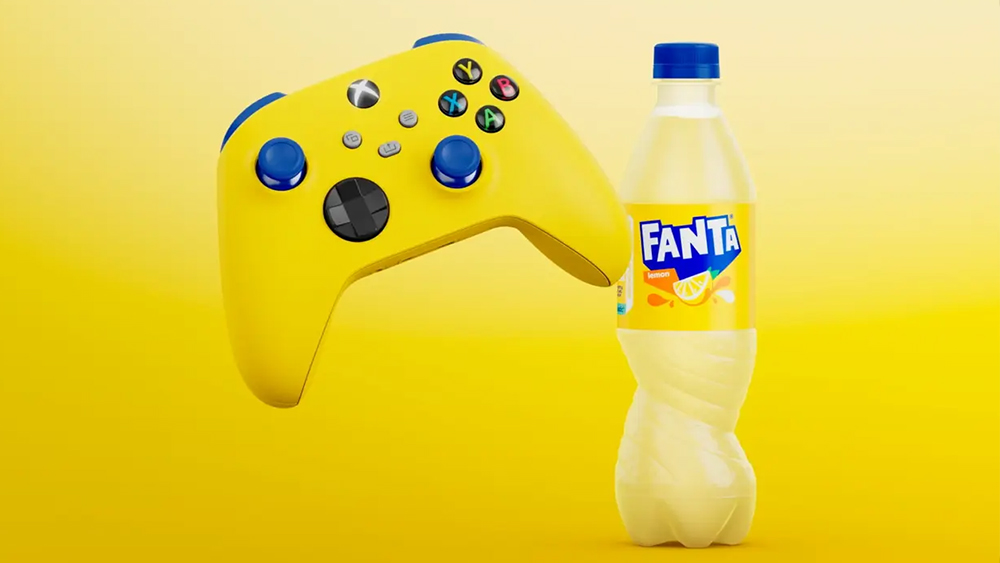
There is no denying that Microsoft deserves its place among the world's most valuable brands. Considering it was founded during the earliest days of personal computers –before the technology behind its current core product suite even existed – one can only imagine what it will make possible in the next 50 years.
In a complex big-tech world, I, for one, see Microsoft as one of the positive forces and look forward to seeing what it can achieve – not just for itself, but for the world.
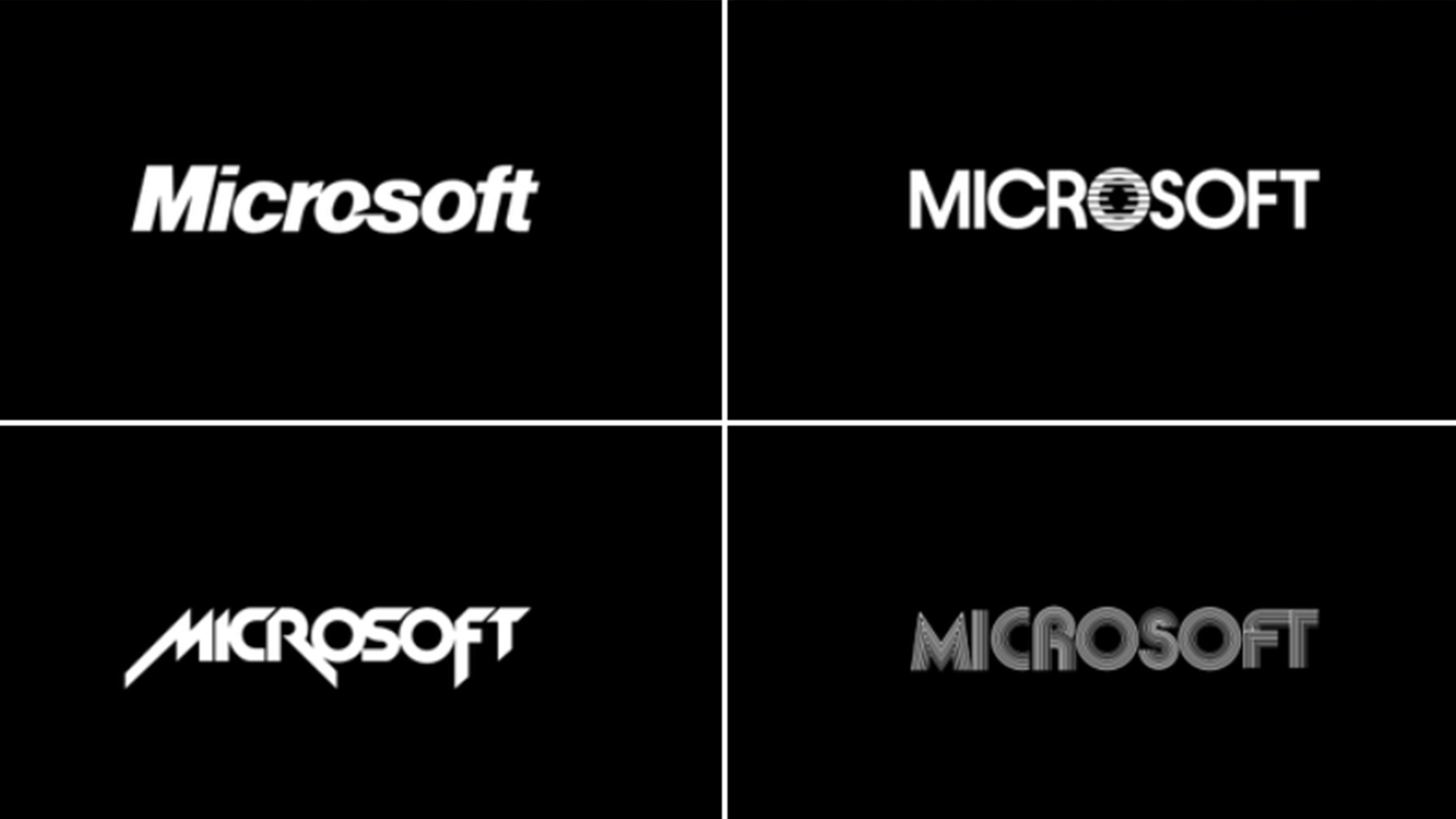
Want more on Microsoft? Enjoy a trip down memory lane with a look at these old Microsoft logos.

Thank you for reading 5 articles this month* Join now for unlimited access
Enjoy your first month for just £1 / $1 / €1
*Read 5 free articles per month without a subscription

Join now for unlimited access
Try first month for just £1 / $1 / €1
Get the Creative Bloq Newsletter
Daily design news, reviews, how-tos and more, as picked by the editors.

Charlotte leads the global strategy team at Saffron and sits on the executive committee. From Saffron's network of international offices, she brings brands to life by making them unforgettable experiences. Through her expertise in brand, customer and employee strategy Charlotte helps some of the world’s most influential organisations build businesses, brands and experiences to be proud of. Leading a team of inspiring, dedicated and talented strategists, Saffron partners with businesses to unlock the possible and deliver brand strategy that drives growth and long-term success.
You must confirm your public display name before commenting
Please logout and then login again, you will then be prompted to enter your display name.

